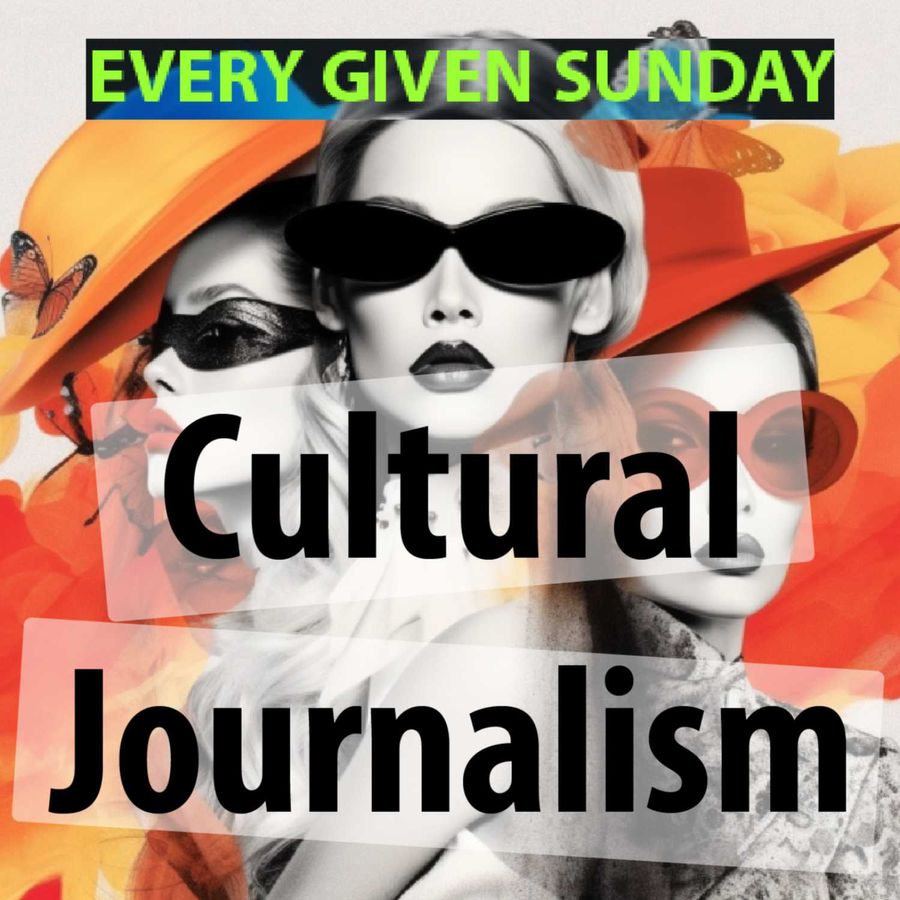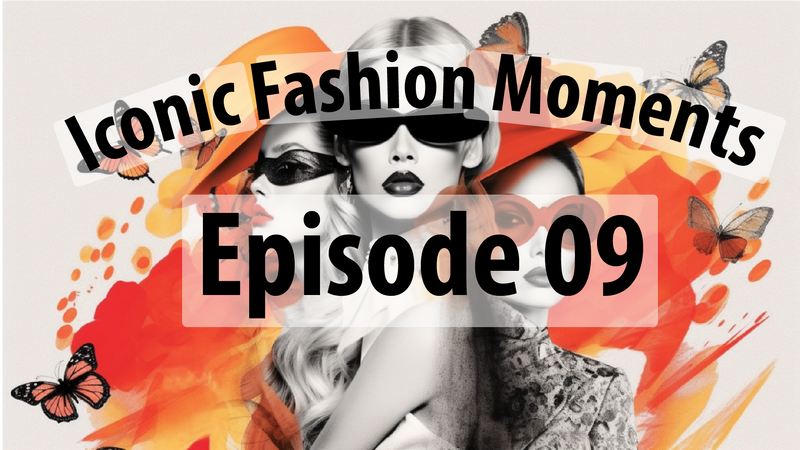Deconstructing Fashion's Illusory Iconography
Fashion has constructed an elaborate illusion of "iconic" moments in a society driven by ephemeral trends and fleeting aesthetics. From red carpets to runway shows, the fashion industry presents a spectacle of carefully curated images, bestowing upon specific garments or ensembles the exalted status of cultural icons. However, it is essential to exercise a critical lens and examine these alleged "iconic fashion moments" with intellectual rigour, dismantling their illusory grandeur and revealing the constructed nature of their significance.
The Nature of Iconography:
The concept of an icon has deep historical roots, dating back to the awe of religious figures and the aura of divinity surrounding their representations. In fashion, the term "iconic" is deployed rather loosely, often referring to garments or styles that have garnered significant attention within the industry. But does this popularity automatically qualify them as icons? We must be cautious not to conflate ubiquity with true significance, as the fleeting whims of fashion can render today's icon tomorrow's banality.
Challenging Conventional Wisdom:
Let us challenge the conventional wisdom that certain fashion moments are inherently iconic, transcending the realm of mere materiality. Take, for instance, the celebrated "little black dress." While this garment has undeniably made a lasting impression in fashion history, its iconic status is not an objective truth. Instead, it is the product of strategic marketing perpetuated by influential figures and media narratives. As a result, the little black dress's supposed timelessness rests upon a constructed myth, obscuring that it is subject to the same whims of fashion as any other garment.

Historical Context and Critical Engagement:
We must delve into their historical context to truly understand the nature of fashion's purported icons; consider the 1960s and the rise of the miniskirt. This daring fashion statement challenged societal norms and became synonymous with women's liberation. Its iconic status, however, was contingent upon the cultural zeitgeist of the time. As the social landscape evolved, so did the significance of the miniskirt. The concept of an icon cannot be divorced from its historical backdrop, as both shape and are shaped by each other.
Inevitably, fashion's obsession with the iconic clashes with its inherent transience. What may be perceived as iconic in one era may fade into obscurity in the next. Take, for example, the extravagant crinoline dresses of the Victorian era. Once seen as symbols of high fashion and social status, these cumbersome garments are now relics of a bygone era. The arbiters of taste, fashion elites, and historians alike must acknowledge that the notion of an icon is fickle and subject to the volatile winds of change.
The Perils of the Cult of Personality:
The fashion industry's infatuation with personality cults further perpetuates the myth of iconic fashion moments. By associating garments with particular individuals, fashion narratives often reduce complex artistic expressions to the mere acts of wearing or endorsing. The iconic status of specific garments becomes entangled with the personalities of celebrities, designers, or models, blurring the line between artistic creation and fame-driven commercialism. Such reductionism does a disservice to the multifaceted nature of fashion as an art form and cultural commentary.
A Call for Intellectual Discernment:
We must discern critically to escape the pitfalls of fashion's illusory iconography. Rather than accepting the industry's assertions of iconic moments at face value, we should adopt a more nuanced perspective. Let us embrace fashion as a dynamic dialogue between creativity, culture, and history, acknowledging that the designation of icons is a fluid and subjective exercise.
Conclusion:
Fashion's purported iconic moments are an intricate tapestry woven from marketing strategies, societal currents, and the ebb and flow of trends. To engage with these moments critically, we must scrutinize the historical context, challenge conventional wisdom, and resist the allure of superficial celebrity worship. By doing so, we can liberate fashion from illusory iconography's confines and embrace its essence as a powerful vehicle for cultural expression and social commentary. Let us dare to question, deconstruct, and redefine the notion of fashion icons, for in doing so, we enrich our understanding of this vibrant art form and its place within the broader fabric of human culture.


